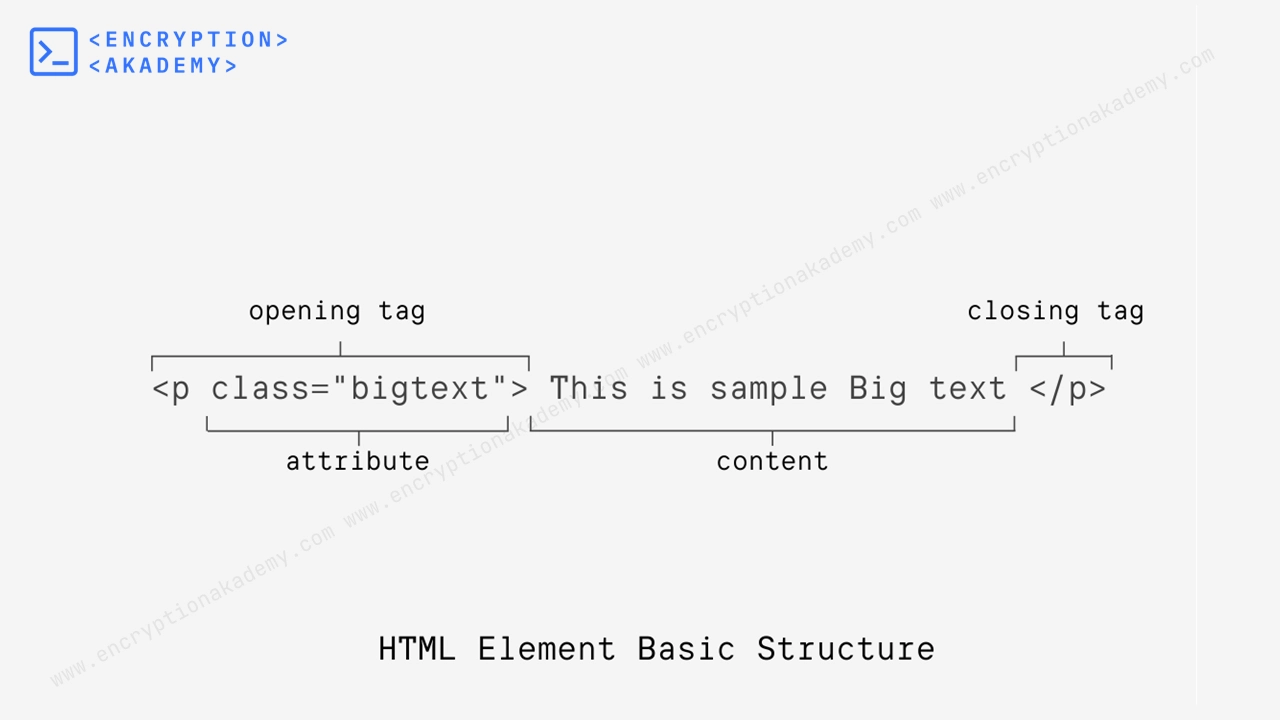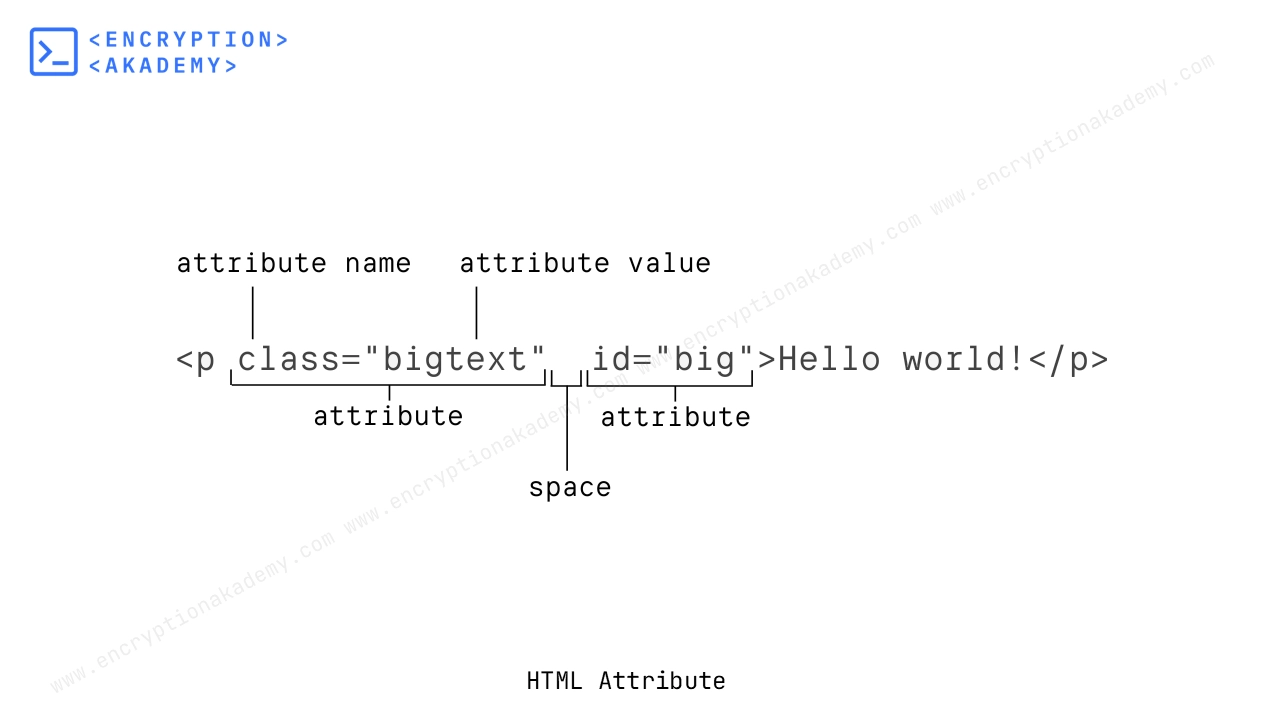Table of Contents
INTRODUCTION
HTML stands for Hyper text markup language. It is the language for creating web pages. Browser reads HTML code and display webpage on screen. Let us break HTML name and see what it means.
Hypertext - Simply means link which connects a webpage to another webpage within own website or to other site.
Markup - Markup means tag. Markup language uses tag-based system to define document structure, formatting and elements within its documents. As HTML uses tags to define its element, it is also a type of markup language.
As we can see in the HTML code below, it consists of elements(tags) which define its structure, which is typical of Markup language.
SAMPLE HTML CODE
<!DOCTYPE html>
<html lang="en">
<head>
<meta charset="UTF-8">
<meta http-equiv="X-UA-Compatible" content="IE=edge">
<meta name="viewport" content="width=device-width, initial-scale=1.0">
<title>Document</title>
</head>
<body>
</body>
</html>
History of HTML
1. 1989-1990: The Beginning
Tim Berners-Lee, a physicist at CERN, proposed a system to share documents using hyperlinks. He developed the first version of HTML as part of the World Wide Web project, which included the HTTP protocol, the first web server, and the first web browser.
2. 1991: HTML 1.0
Berners-Lee introduced the first publicly available version of HTML in 1991. It was a simple language with 18 tags (e.g. <p>, <a>, <img>, <h1>). It focused on basic document structuring and hyperlinking.
3. 1995: HTML 2.0
HTML 2.0 was the first standardized version, published by the Internet Engineering Task Force (IETF). It included basic interactive forms and tables, making it suitable for slightly more complex web pages.
4. 1997: HTML 3.0
The World Wide Web Consortium (W3C) took over the standardization of HTML. HTML 3.2 introduced support for scripting (JavaScript), applets, and advanced styling via attributes like <font>.
5. 1999: HTML 4.01
This version refined and expanded HTML for modern web development. It Supported CSS for styling and accessibility improvements like the <abbr> and <acronym> tags. It introduced three "flavors" of HTML:
- Strict (clean, standards-based code)
- Transitional (legacy features allowed)
- Frameset (for websites using frames).
6. 2008-2014: HTML5
HTML5 was developed to address limitations of previous versions and adapt to the needs of modern web applications. HTML5 became a W3C Recommendation in 2014. Key Features:
- Semantic tags like <article>, <section>, <header>, and <footer>.
- Multimedia support via <audio> and <video>.
- APIs for drag-and-drop, local storage, and geolocation.
- Backward compatibility with older versions of HTML.
HTML Elements
HTML elements are the building blocks of web pages. Every HTML webpage consists of different types of elements. These elements can be of define metadata, text, scripts, media and others content in webpage.
The basic structure of an HTML element consists of opening tag, attributes, content and closing tag, which is shown in the figure below. The HTML element is explored in detail in our Understanding HTML Elements and Its Types: A Complete Beginner's Guide article.

HTML Element Basic Structure
Attributes
An attribute defines the characteristic and functionality of element. They provide an extra bit of information about the element. The Attribute do not appear in the webpage, but they define how the content will appear on the screen
An attribute is generally defined as name:value pairs. For boolean attribute you can include/omit the name of attribute (including == true and omitting == false). In this case value is not necessary.
Every element has some distinct set of attributes, besides global attributes which apply to every HTML element. We will cover attribute in more detail in this series. The format of defining an attribute is specified below.

- A space between attribute and element name.
- For defining multiple attributes, attribute (name:value pair ) should be separated by space
- The attribute name followed by equal sign
- Attribute value enclosed in opening and closing quote mark.
The HTML attribute has been explored in detail in our HTML Attributes: An Basic Introduction article.
Frequently Asked Questions (FAQ)
Why is HTML used?
- Structuring Web Pages
- Displaying Content
- Creating Forms for User Input
- Enhancing Accessibility & SEO
- Linking Documents Together (Hypertext)
- Integration with CSS & JavaScript
When HTML was invented and who invented it?
By 1991, he developed HTML, along with the first web browser (WorldWideWeb) and the first web server (httpd).
Are HTML and CSS Programming language?
- HTML - HTML (HyperText Markup Language) is the Markup Language used for creating and structuring web pages.
- CSS - CSS is Style Sheet Language which Controls the appearance of HTML elements
Are HTML tags case sensitive?
What html are we on?
Where Does an HTML Program Run?
Where is HTML Code Written?
Are html attributes case sensitive?
Can we modify the attributes value of the html tag dynamically?
document.getElementById("myButton").setAttribute("disabled", "true");
What is the difference between .htm and .html file extensions?
- .html – The standard and more common file extension for HTML files. Used on most modern operating systems.
- .htm – A legacy file extension used primarily on older systems (like early versions of Windows) that limited file extensions to three characters.
 Published: 11 May 2025
Published: 11 May 2025 5-min read
5-min read
